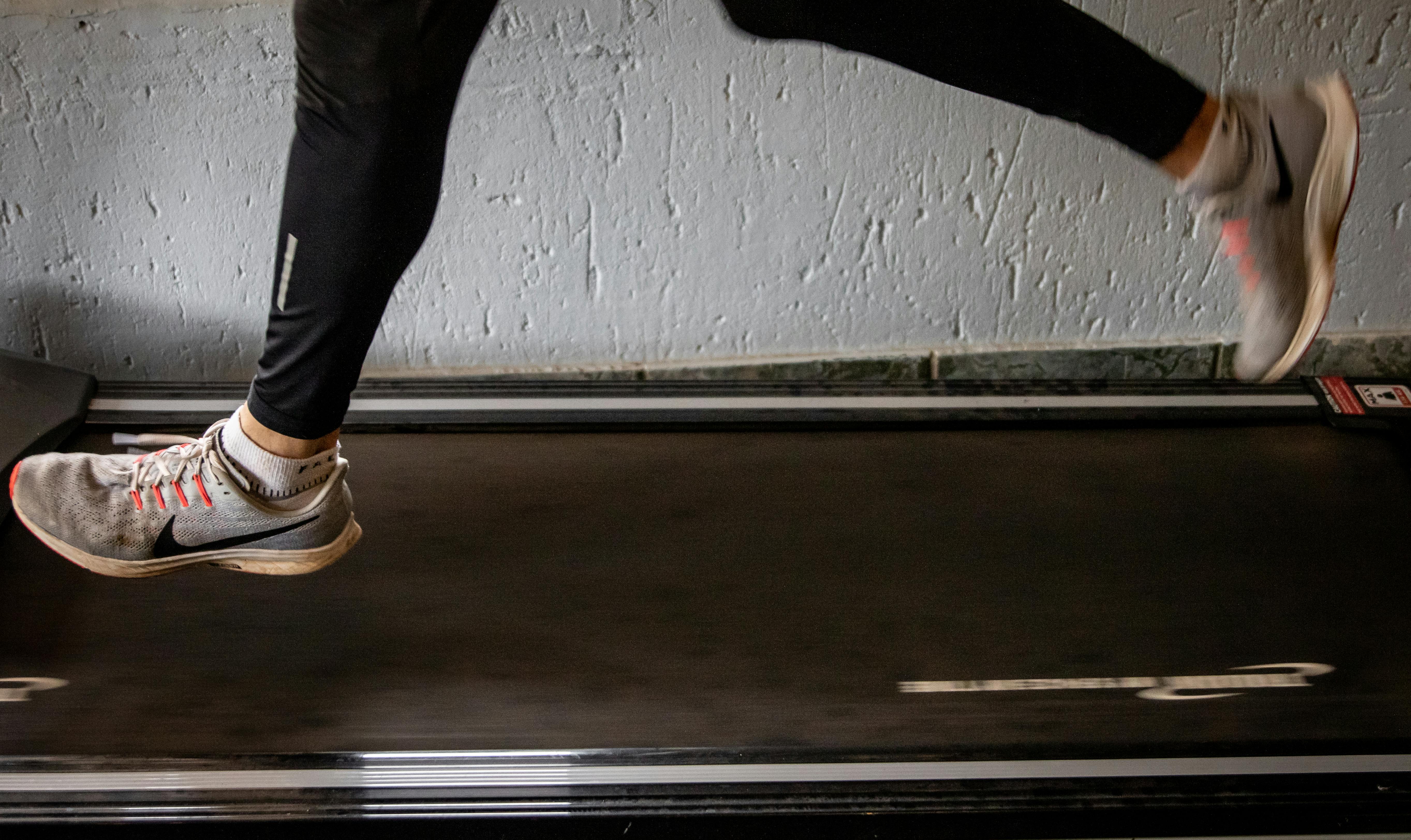
Introduction
A treadmill is a significant investment in your health and fitness. To get the most out of your treadmill and ensure it lasts for years to come, regular maintenance is essential. In this guide, we’ll walk you through the steps to keep your treadmill in top condition, from daily upkeep to more in-depth monthly tasks.
Why Treadmill Maintenance Matters
Proper maintenance of your treadmill offers numerous benefits:
Longevity: Regular upkeep can significantly extend the lifespan of your treadmill.
Performance: A well-maintained treadmill runs smoothly and efficiently.
Safety: Regular checks and cleaning can prevent accidents and injuries.
Daily Maintenance
1. Wipe Down After Each Use
After each workout, wipe down the treadmill to remove sweat and dust. Use a damp cloth and mild soap if needed but avoid harsh or abrasive chemicals that can damage the machine. This although predominantly is for cosmetic purposes, the act of cleaning away sweat and grime will also have benefits to maintenance and responsivity of any sensors or displays on the running machine.
2. Check the Belt Alignment
Ensure that the belt is centred and running smoothly. An off-centre belt can cause uneven wear and tear. All running belts are properly set at the factory. However, it may stretch or become misaligned following use. Please note some stretching of the belt is normal during the break-in period, when the product is new and unused.
Weekly Maintenance
1. Vacuum Around and Under the Treadmill
Dust and debris can accumulate around and under your treadmill, this in turn can have an adverse effect on the smoothness of moving parts, as they get clogged with dust and dirt. Use a vacuum to clean these areas, which helps prevent build-up that can affect performance.
2. Inspect the Power Cord
Check the power cord for any signs of damage. Ensure it is plugged into a grounded outlet and positioned to avoid tripping hazards. This should not only be done for running machines but all electrical appliances you have within your home.
Monthly Maintenance
1. Lubricate the Belt
Lubricating the treadmill belt reduces friction and wear. The procedure of how to lubricate will vary slightly by model. Follow the manufacturer’s instructions in your product manual for the type and amount of lubricant to use. Generally, silicone-based lubricants are recommended.
2. Check the Tension of the Belt
A properly tensioned belt is crucial for a smooth workout. If over tightened it can cause other parts to be overworked as well as making the running action for the user stiffer and more difficult.
If a belt is too loose this can lead to tears and pinches in the running belt, causing further damage the longer it remains unaddressed. One must also consider the potential for accident with the running belt not tightened to the correct tension. Refer to your treadmill’s manual for instructions on how to adjust the belt tension if needed.
3. Inspect the Machine for Loose Parts
Check for any loose screws, bolts, or other components. Tighten them to ensure everything is secure and functioning properly.
Quarterly Maintenance
1. Inspect the Deck and Belt for Wear
Look for signs of wear and tear on the treadmill deck and belt. If you notice any significant damage to any part, we recommend not using the treadmill until you have contacted the relevant support line or manufacturer for assistance.
2. Test the Treadmill’s Functions
Test all the functions of your treadmill, including speed, any incline features, and any programmed workouts. Make sure everything is working correctly.
Troubleshooting Common Issues
Belt Slipping:
If the belt slips during use, it might need tightening or lubrication. Refer to the user manual for specific instructions.
Unusual Noises:
Unusual noises can indicate loose parts, insufficient lubrication, or worn components. Investigate the source of the noise and address it promptly.
Error Codes:
If your treadmill is displaying any Error Code, firstly check the instruction manual for a list of error codes and their meanings. Many common issues can be resolved by resetting the machine or addressing the specific error indicated.
Conclusion
Regular maintenance is key to keeping your treadmill running smoothly and extending its lifespan. By following this guide, you can ensure your treadmill remains in excellent condition, providing you with a safe and effective workout experience for years to come.
Stay proactive with your treadmill maintenance, and you’ll acquire the benefits of a reliable and efficient machine that supports your fitness goals.
Take a look at our full range of treadmills and running machines Here